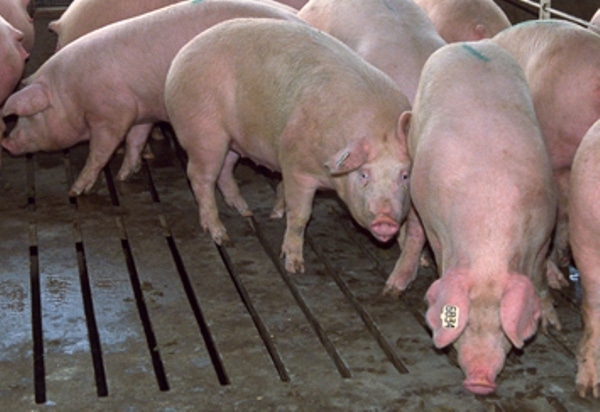Developing New Tools to Assist in Sow Housing Conversion
The University of Manitoba is developing new tools to help pork producers plan the switch from stall housing to group housing of gestating sows to design the system that will best work in their barns, according to a report from Farmscape of Canada.
January 3, 2013

The University of Manitoba is developing new tools to help pork producers plan the switch from stall housing to group housing of gestating sows to design the system that will best work in their barns, according to a report from Farmscape of Canada.
Also working in partnership on the project are the Manitoba Pork Council and the Manitoba Rural Adaptation Council, to assist pork producers in planning the change that will best fit their management systems.
The project was launched in light of the fact that there will be a need to convert from stalls to group housing of sows.
Laurie Connor, the head of the University of Manitoba's Department of Animal Science, says when one considers the number of feeding systems, flooring systems and whether the groups are dynamic or static, there are at least 72 potential combinations.
“What we're doing is trying to develop tools by which producers can make the decision as to what type of alternative they would like to convert to and then, once they've made that decision, a computer program model that will help them in actually providing the layout or the design for the changes that they need to make.
“I should say one of the probably critical aspects of ‘why conversion,’ is that the majority of the larger barns in Manitoba are of an age that they still have 10 to 15 more years of life. But the equipment in them will need to be changed and that will provide the ideal opportunity to convert those existing barns to group housing,” she says.
Connor says a comprehensive literature review is expected to be completed by the end of this month, and the computer model is expected to be ready in early 2013.
You May Also Like


